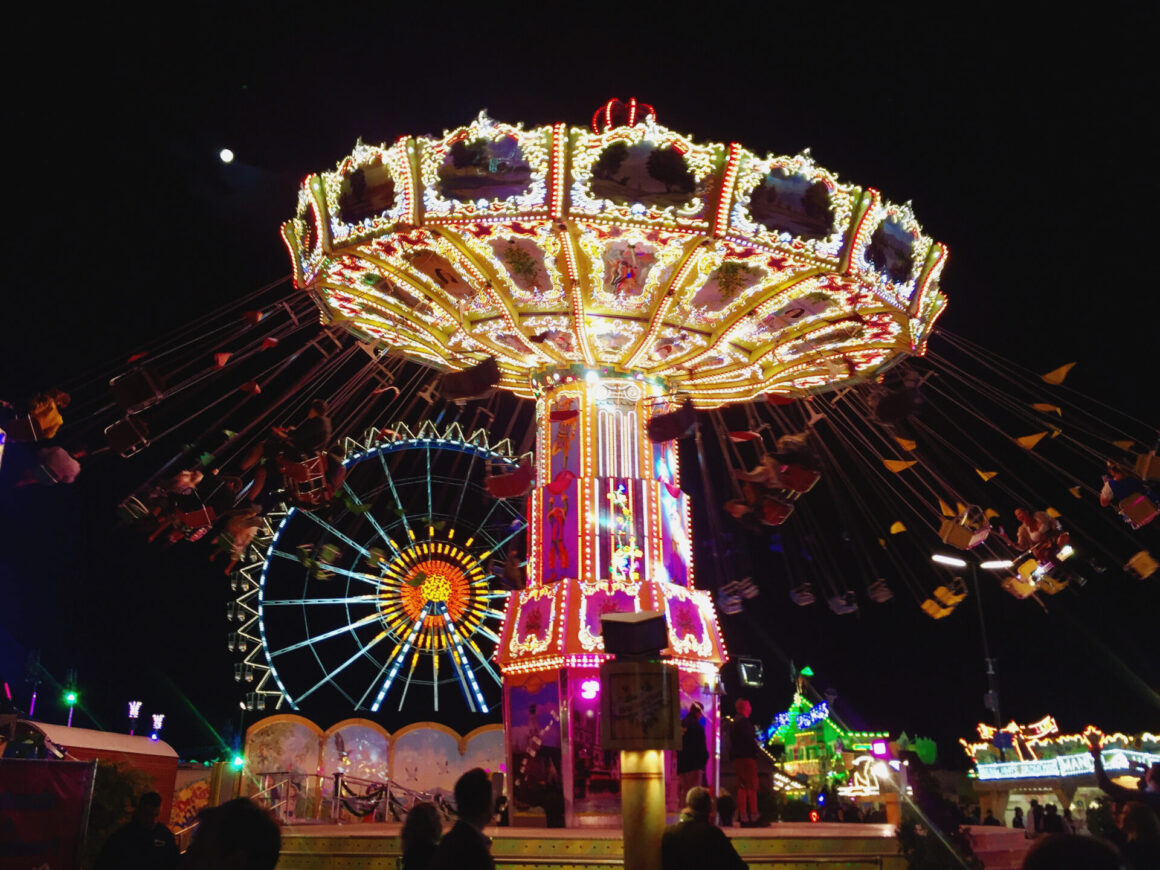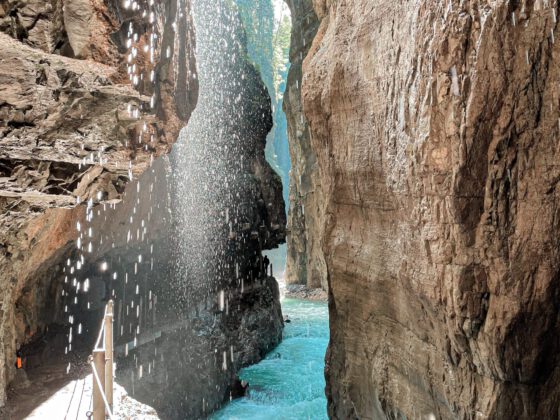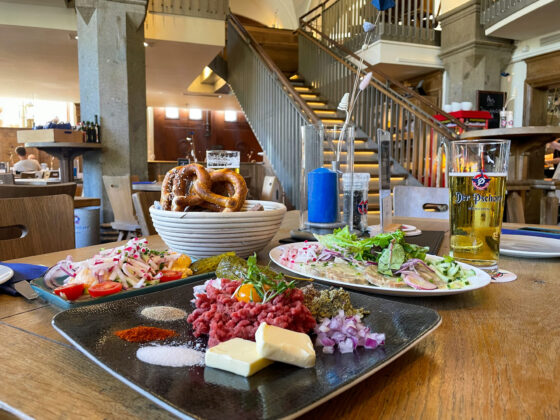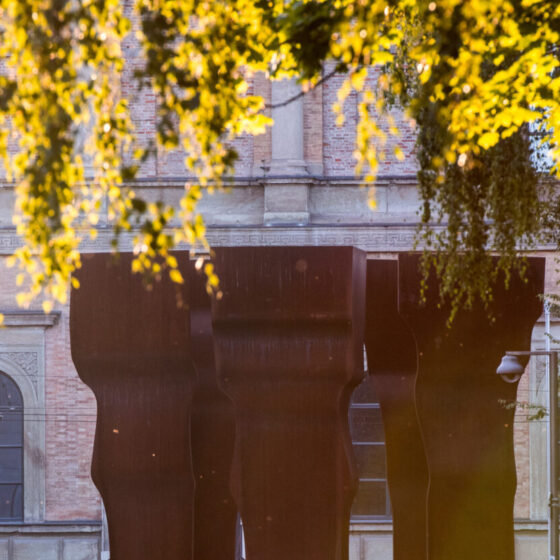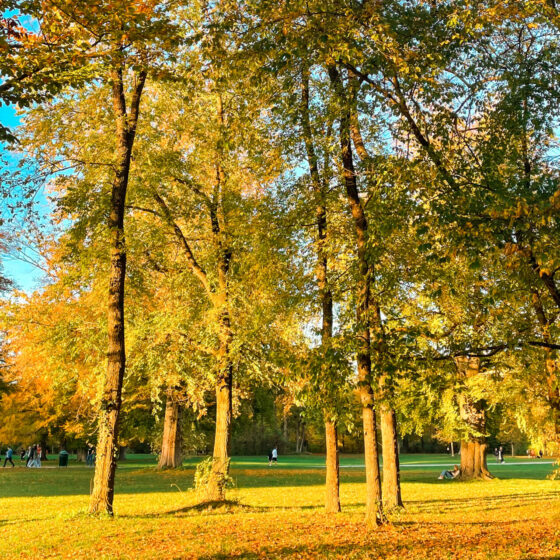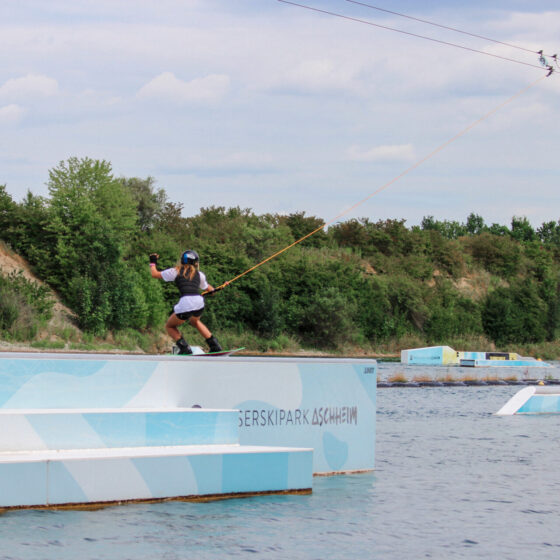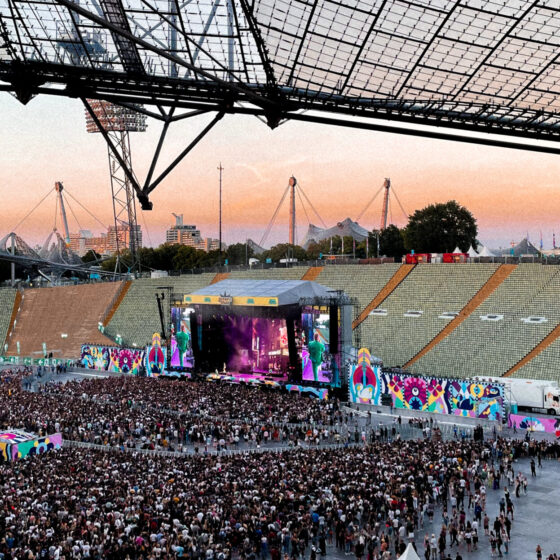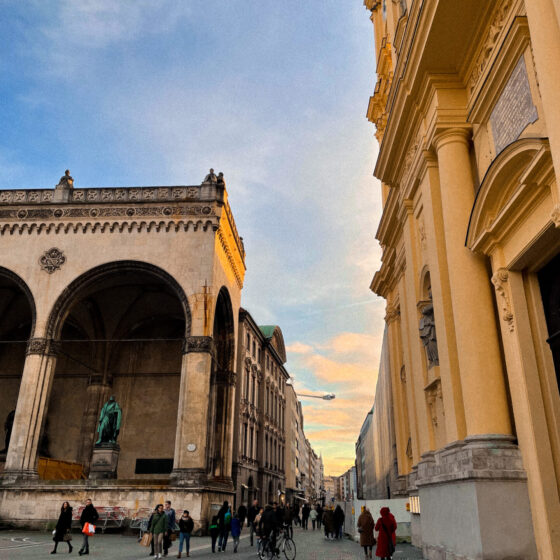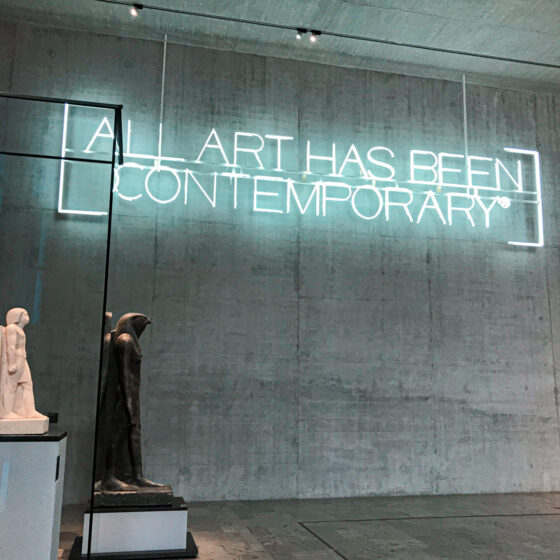Every year, Munich comes alive with the vibrant spirit of Oktoberfest. A time-honored Bavarian festival that draws people from around the world to partake in its rich traditions, hearty cuisine, and lively atmosphere.
As you prepare to join the festivities, here’s a comprehensive guide to make the most of your Oktoberfest experience.
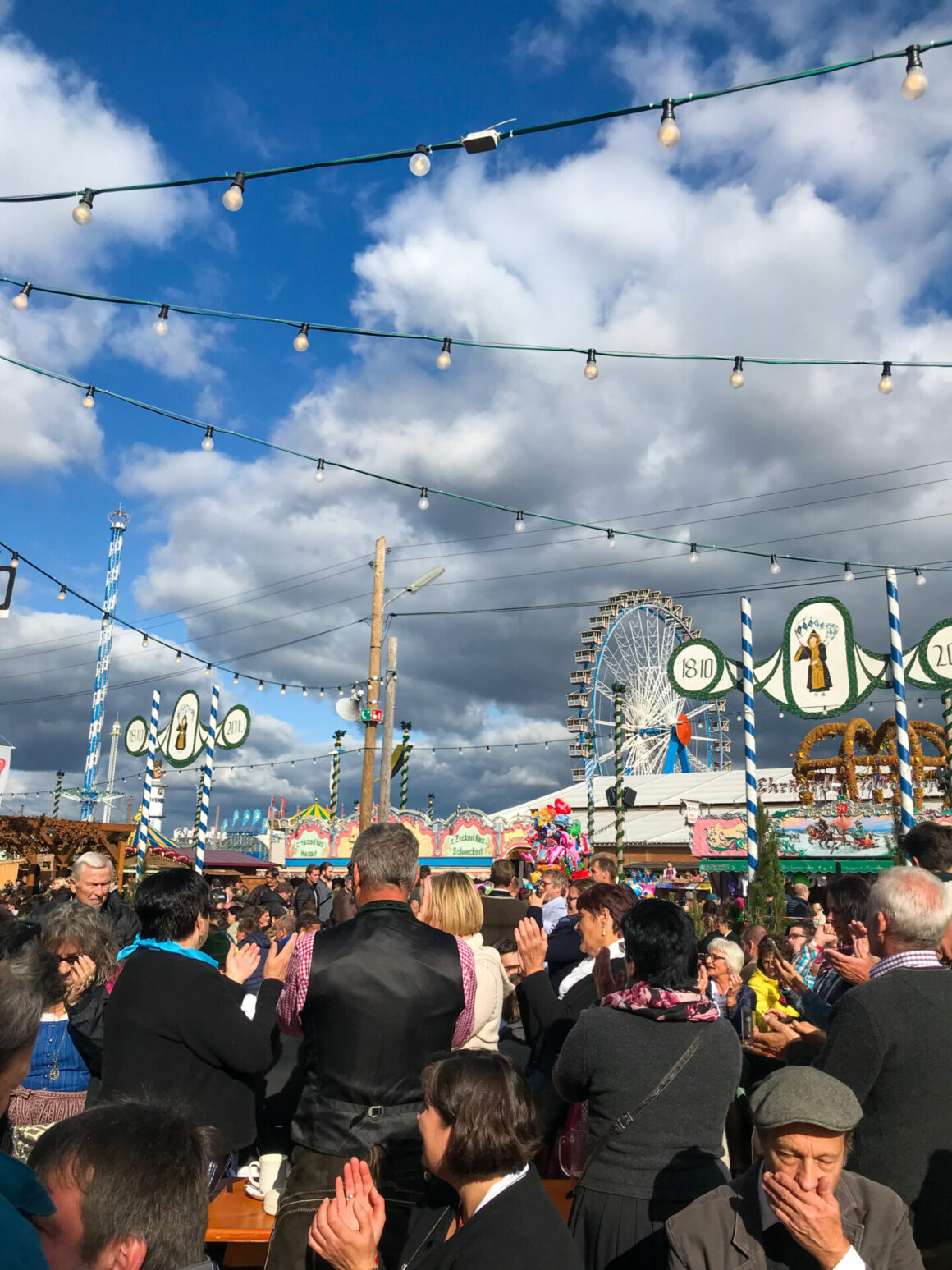

Seven words you need to learn before going to the Oktoberfest
- Prost – This is the German word for “Cheers.” It’s the universal toast to wish good health and celebration while clinking glasses.
- Wiesn – This is a colloquial term for the Theresienwiese, the open space in Munich where Oktoberfest takes place. It’s often used interchangeably with the festival itself.
- Tracht – This refers to traditional Bavarian clothing, including dirndls (for women) and lederhosen (for men). These outfits have deep cultural significance and are commonly worn during Oktoberfest.
- Oans, zwoa, g’suffa! – This Bavarian phrase translates to “One, two, drink up!”. It is a jovial chant often heard when raising a toast.
- O zapft is! – This phrase means “It’s tapped!”. It marks the official opening of the first beer barrel at the Oktoberfest. It’s a signal for the festivities to begin.
- Ein Prosit der Gemütlichkeit – Translated as “A toast to cheer and coziness,” this song is played throughout the festival. It encourages camaraderie and a welcoming atmosphere.
- Maß – This term refers to the traditional liter-sized beer mug used at Oktoberfest. It’s a substantial and iconic part of the festival experience.
Iconic Tents and Venues
The Oktoberfest grounds are home to an array of traditional tents, each with its unique ambiance and character. From the bustling Hofbräuhaus to the lively Schottenhamel, you’ll find an atmosphere that suits your preference. On the other hand, the grand Hacker-Festzelt is renowned for its live music and communal spirit, while the Käfer’s Wies’n-Schänke offers an upscale dining experience.
Here a list of the main tents at the Oktoberfest:
- Paulaner Festzelt : Known for its cozy Bavarian atmosphere, this tent offers a mix of traditional and modern entertainment. The tent often welcomes celebrities as well as regular guests.
- Schottenhamel: As the oldest and largest tent, Schottenhamel is the place where Oktoberfest officially begins with the ceremonial first keg tapping. It’s lively and attracts a diverse crowd.
- Hofbräu Festzelt: With a reputation for energetic celebrations and lively music, this tent is a favorite among tourists. Here you can feel creating an fun party vibe.
- Hacker-Festzelt: This tent is renowned for its lively atmosphere, live music, and spirited dancing. It’s a popular choice for those seeking an upbeat and vibrant Oktoberfest experience. The tent is also called “Himmer der Bayern”, Bavarian Sky, for its beautiful decorations.
- Augustiner Festzelt: With a focus on tradition and a cozy ambiance, this tent offers a more relaxed setting to enjoy the Oktoberfest festivities along with the excellent beers from Augustiner.
- Löwenbräu-Festhalle: Recognizable by its towering lion statue, this tent is famous for its lively atmosphere and traditional Bavarain flair.
- Pschorr-Bräurosl: it is Known for its inviting atmosphere and the iconic maypole at the center. This tent offers a mix of Bavarian tradition and modern entertainment.
- Armbrustschützenzelt: Combining the excitement of crossbow shooting with traditional Bavarian hospitality, this tent provides a unique and lively experience for visitors.
- Ochsenbraterei: it is Famous for its succulent roasted ox dishes. This tent offers hearty Bavarian cuisine in a warm and convivial atmosphere, making it a delight for food enthusiasts.
- Schützen-Festzelt: Emphasizing tradition and family-friendliness, this tent offers a laid-back atmosphere with a mix of Bavarian customs. It is a great choice for visitors of all ages.
- Marstall: With its elegant and modern ambiance, Marstall combines tradition with innovation, offering a diverse culinary experience and a unique twist on Oktoberfest enjoyment.
- Käfer’s Wies’n-Schänke: A haven of sophistication, this tent offers upscale dining amid the festivities, blending luxury with Bavarian tradition.
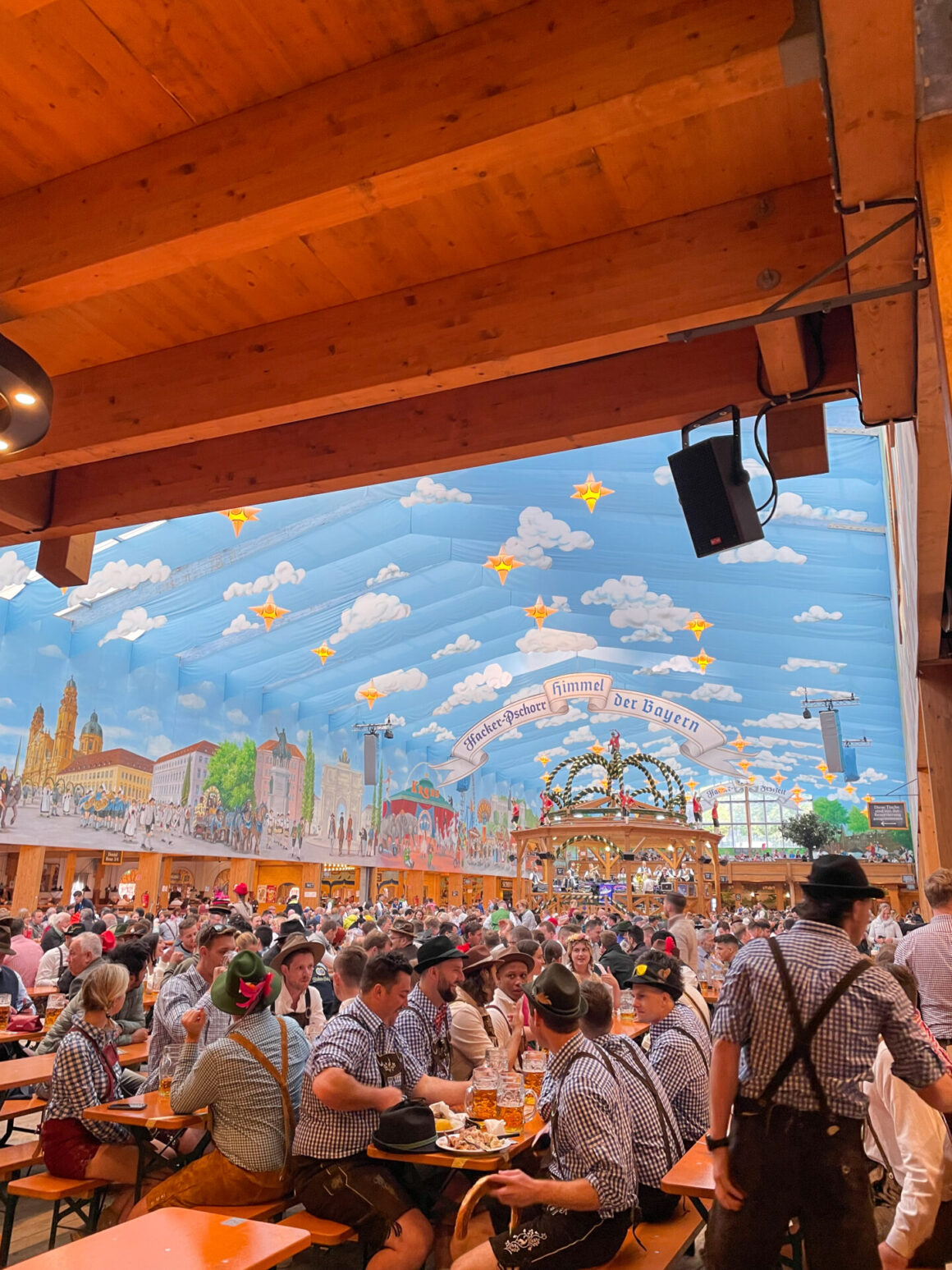
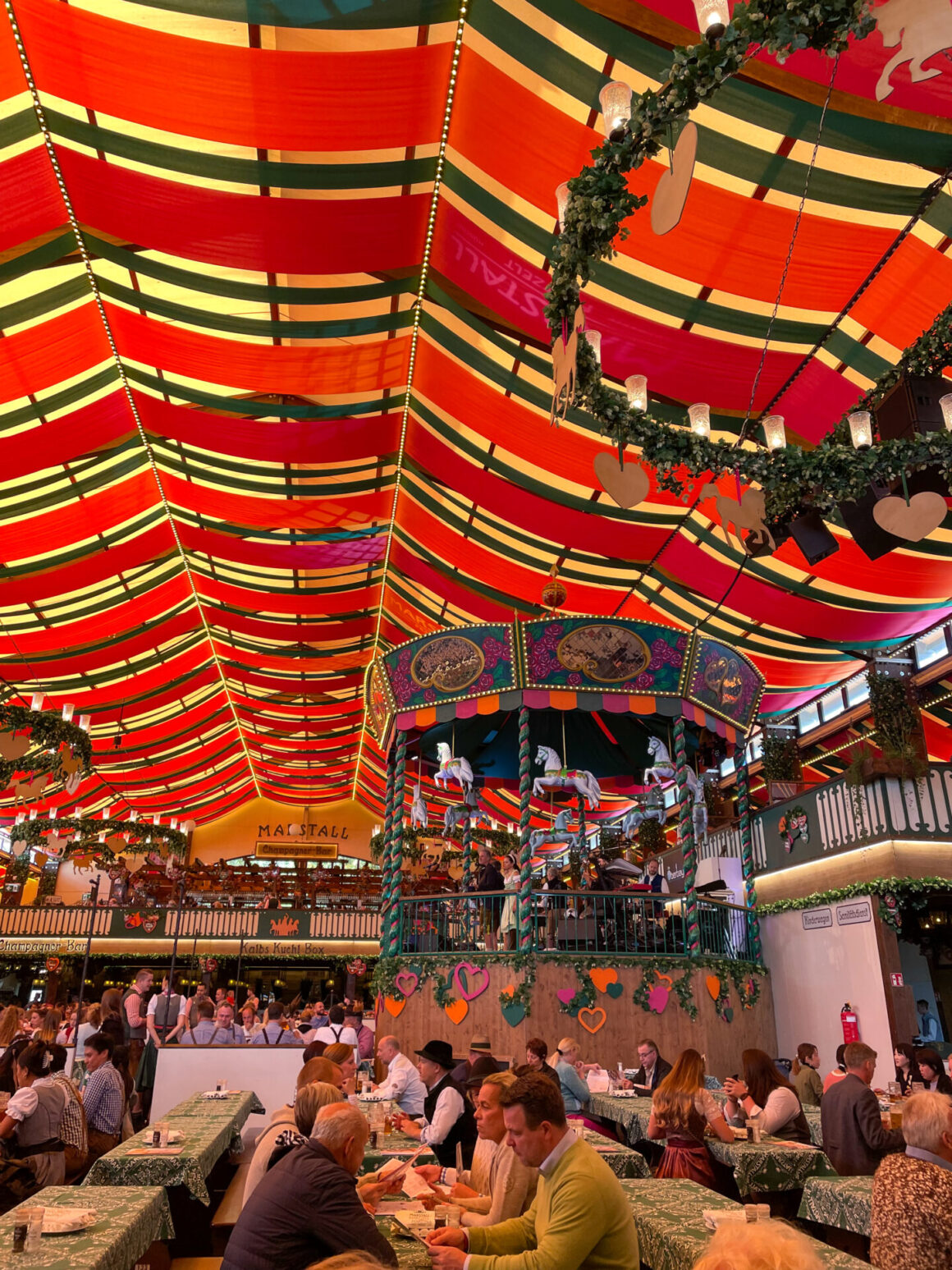
What to eat at the Oktoberfest
Indulging in the vibrant tapestry of Oktoberfest goes beyond beer and music. It is a culinary journey that introduces you to the heart of Bavarian flavors. Here what we would order at the Oktoberfest:
- Halbes Hendl: A succulent roasted half chicken with crispy skin and tender meat.
- Kaesespaetzle: käsespätzle is a traditional German dish made of soft egg noodles that are mixed with grated cheese and topped with fried onions
- Schweinsbraten: Schweinsbraten is a traditional Bavarian dish made of slow-roasted pork that has been marinated in a blend of herbs and spices.
- Kaiserschmarrn: Fluffy shredded pancake dusted with powdered sugar, a delightful sweet treat.
- Obazda: A creamy cheese spread bursting with flavor, a true Bavarian delight.
- Weisswurst: This white sausage is a Bavarian breakfast staple, typically served with sweet mustard and a Brezel.
Plus, vegetarian and vegan options abound, ensuring everyone can partake in the culinary festivities while enjoying the vibrant traditions of Oktoberfest.
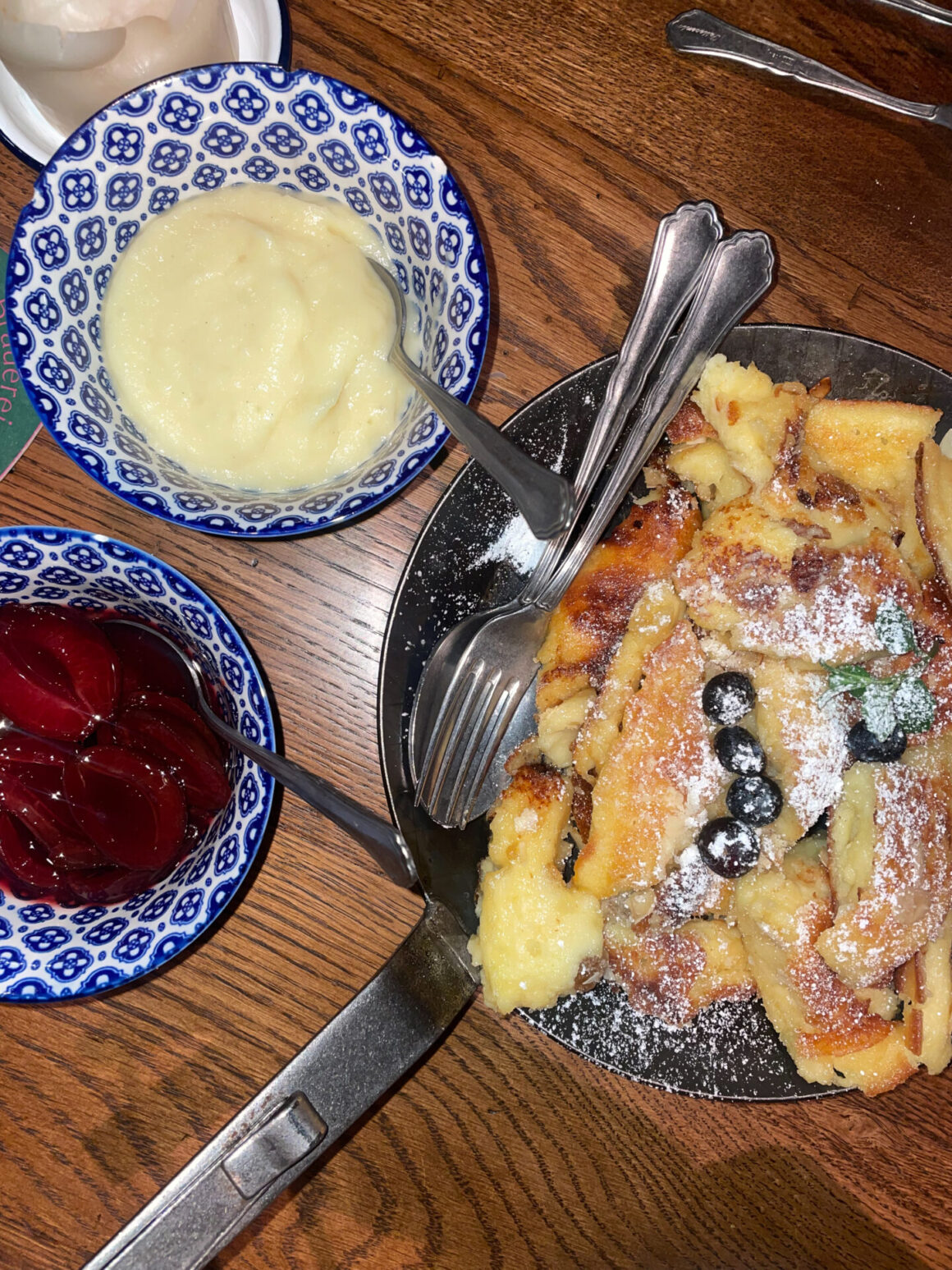
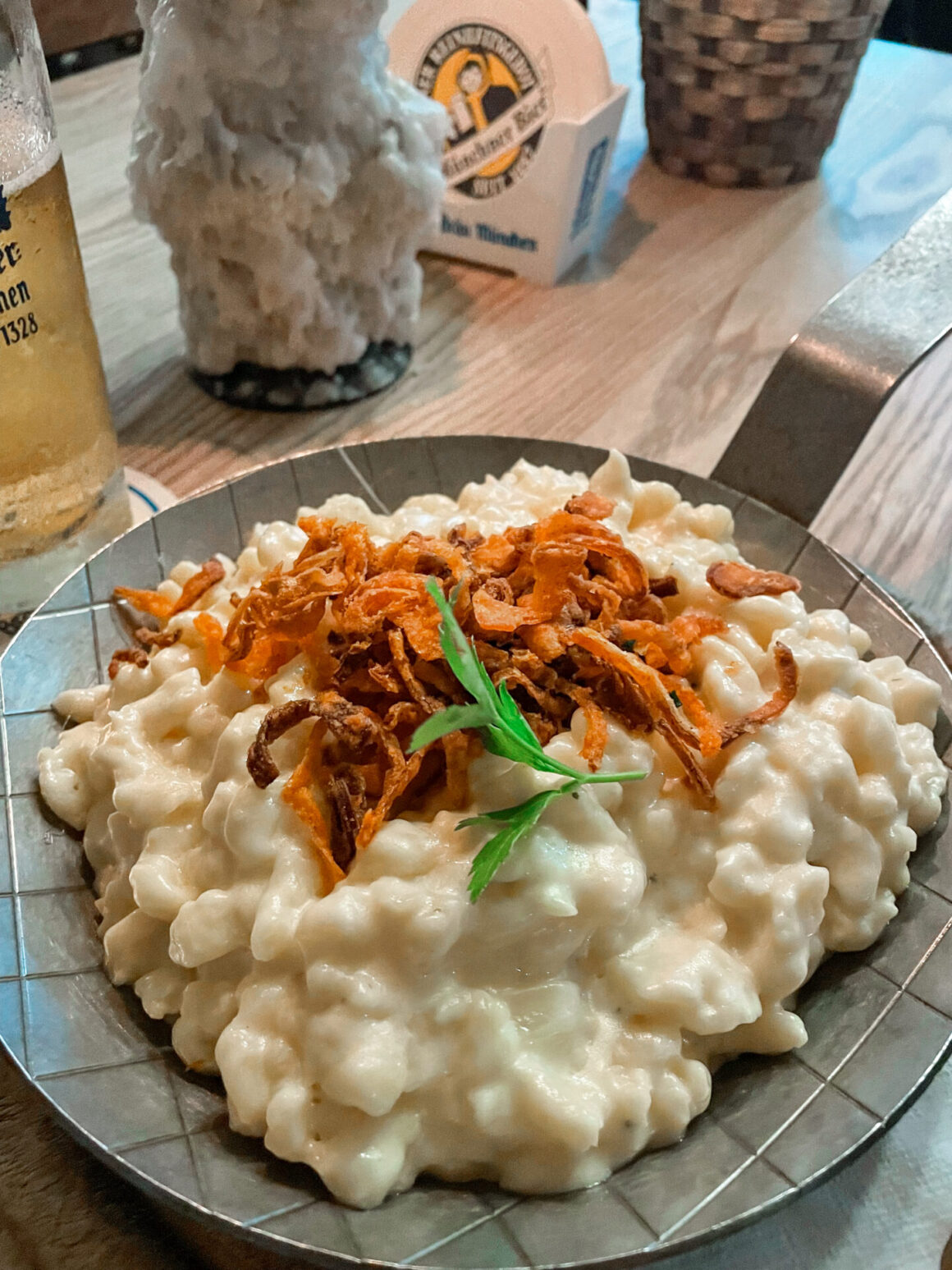
If you want to discover more about Bavarian cuisine and Bavarian restaurants in Munich, check this article.
Some Curiosities about the Oktoberfest
1. Mastering the Dirndl Bow: If you’re donning a dirndl, the traditional Bavarian dress, there are some rules you need to know. Tying it on the left side signifies you’re single, while the right side indicates you’re taken. Tying it in the front symbolizes you’re a virgin, and tying it at the back conveys you’re a widow, waitressing or a child.
2. Groove to the Hottest Tunes: As you celebrate, you’ll be swept up in the joyous melodies of traditional and modern Bavarian music. Classics like “Ein Prosit” will have you raising your Mass in unison, while contemporary hits bring a modern twist to the celebration, ensuring everyone is on their feet and dancing. Here you can find some of the hottest hits you will hear at the Oktoberfest.
3. Navigating Tipping Etiquette: When it comes to tipping at Oktoberfest, it’s customary to round up your bill as a sign of appreciation. For excellent service, adding a little extra is a gesture that’s well-received. While it’s not obligatory, if you don’t tip it can happen that the waiters won’t come back to your table.
4. To fit in with the locals, don’t call it Oktoberfest: if you don’t want to sound like a tourist, don’t call the festival “Oktoberfest”, call it “Wiesn”. This name is a local term and it draws its origin from the Theresienwiese, the very grounds where the festival unfolds.

Last things you need to know about the Oktoberfest
Opening times: Monday through Friday, the tents open at 10 a.m. and close at 11:30 p.m. On Saturdays, Sundays and public holidays, beer is served at 9 a.m., and the last beer tapping is at 11:30 p.m.
Prices: The price of beer for Oktoberfest 2023 will be between €12.60 and €14.90
How to get there: U-Bahn (Subway) U4/U5 Theresienwiese or Schwanthalerhöhe or U3/U6 Goetheplatz or Poccistraße; S-Bahn (Suburban train) S1 to S8 Hackerbrücke; Bus Lines 53, 58/68, 62 and 134; Tram Lines 18/19/29 and 16/17
Oktoberfest is more than a festival; it’s a journey into Bavaria’s heart and soul. By familiarizing yourself with Bavarian words, exploring the diverse tents, savoring the culinary delights, and embracing the customs, you’ll immerse yourself in an unforgettable experience of camaraderie and celebration. So, put on your dirndl or lederhosen, raise your stein, and join the vibrant tapestry of Oktoberfest. “O’zapft is!” – the keg is tapped, and the festivities have begun!
If you want to discover more about the Wiesn, follow us on Instagram.
